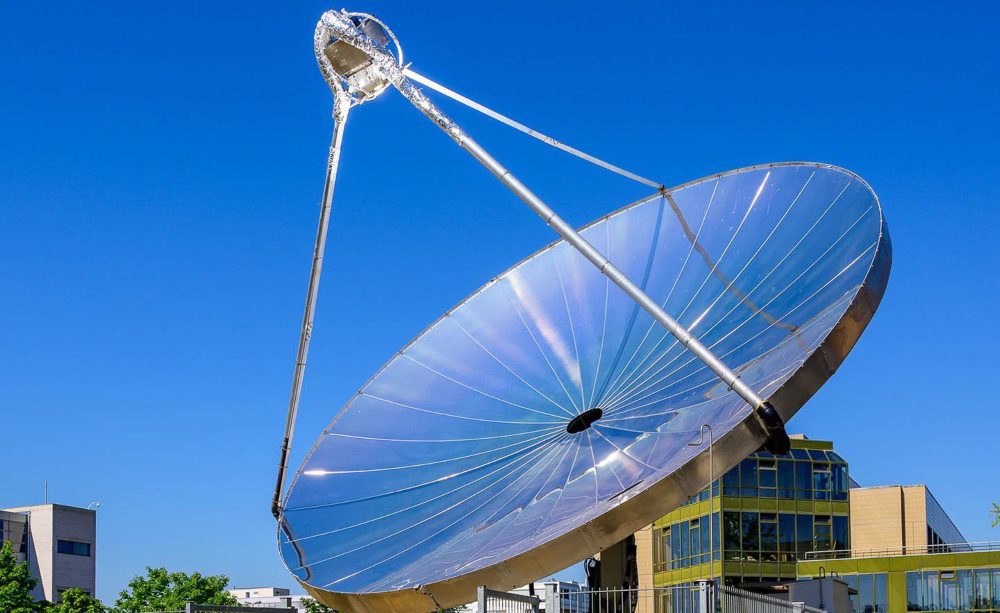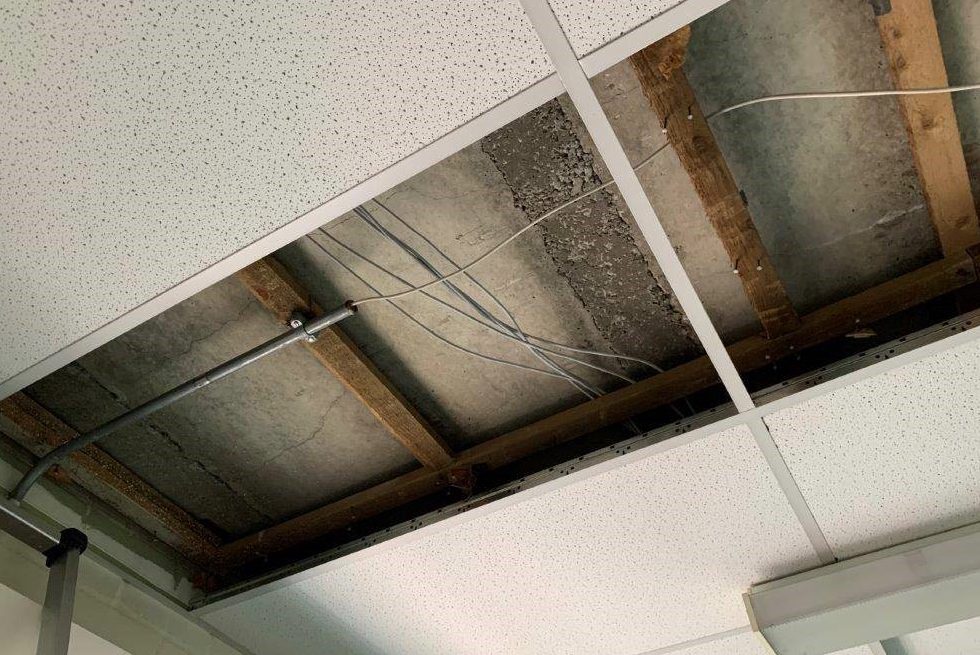Swiss researchers develop solar reactor that turns water into hydrogen, oxygen, heat

This post was originally published on this site

Researchers at Swiss university EPFL have built a pilot-scale solar reactor that produces usable heat and oxygen, in addition to generating hydrogen with “unprecedented” efficiency for its size.
A “special” parabolic dish on the EPFL campus that resembles a satellite dish initially collects the sunlight, working like an artificial tree”, according to the researchers.
After concentrating solar radiation nearly 1,000 times, a reactor above the dish uses that sunlight to convert water into renewable hydrogen, oxygen, and heat.
‘Cracked the two-kilowatt ceiling’
Sophia Haussener, head of the Laboratory of Renewable Energy Science and Engineering (LRESE) in the School of Engineering, said: “This is the first system-level demonstration of solar hydrogen generation.
“Unlike typical lab-scale demonstrations, it includes all auxiliary devices and components, so it gives us a better idea of the energy efficiency you can expect once you consider the complete system, and not just the device itself.
“With an output power of over one kilowatts, we’ve cracked the two-kilowatt ceiling for our pilot reactor while maintaining record-high efficiency for this large scale.”
She added: “The hydrogen production rate achieved in this work represents a really encouraging step towards the commercial realisation of this technology.”
The work builds on preliminary research demonstrating the concept on the laboratory scale using LRESE’s high-flux solar simulator.
The team has now published the results of their scaled-up, efficient, and multi-product process under real-world conditions.
How it works
After the dish concentrates the sun’s rays, water is pumped into its focus spot, where an integrated photoelectrochemical reactor is housed.
Within this reactor, photoelectrochemical cells use solar energy to electrolyse, or split water molecules into hydrogen and oxygen.
Heat is also generated, but instead of being released as a system loss, this heat is passed through a heat exchanger so that it can be harnessed – for ambient heating, for example.
In addition to the system’s primary outputs of hydrogen and heat, the oxygen molecules released by the photo-electrolysis reaction are also recovered and used.
LRESE-spinoff SoHHytec SA is already deploying and commercialising the system.
The EPFL start-up is working with a Swiss-based metal production facility to build a demonstration plant at the multi-100-kilowatt scale that will produce hydrogen for metal-annealing processes, oxygen for nearby hospitals, and heat for the factory’s hot-water needs.
SoHHytec co-founder and CEO Saurabh Tembhurne said: “With the pilot demonstration at EPFL, we have achieved a major milestone by demonstrating unprecedented efficiency at high output power densities.
“We are now scaling up a system in an artificial garden-like setup, where each of these ‘artificial trees’ is deployed in a modular fashion.”
Image: A parabolic solar dish at the EPFL university in Lausanne, Switzerland Credit: EPFL
Read next: Finland’s Olkiluoto 3 nuclear power plant goes live
Are you a building professional? Sign up for a FREE MEMBERSHIP to upload news stories, post job vacancies, and connect with colleagues on our secure social feed.





Responses